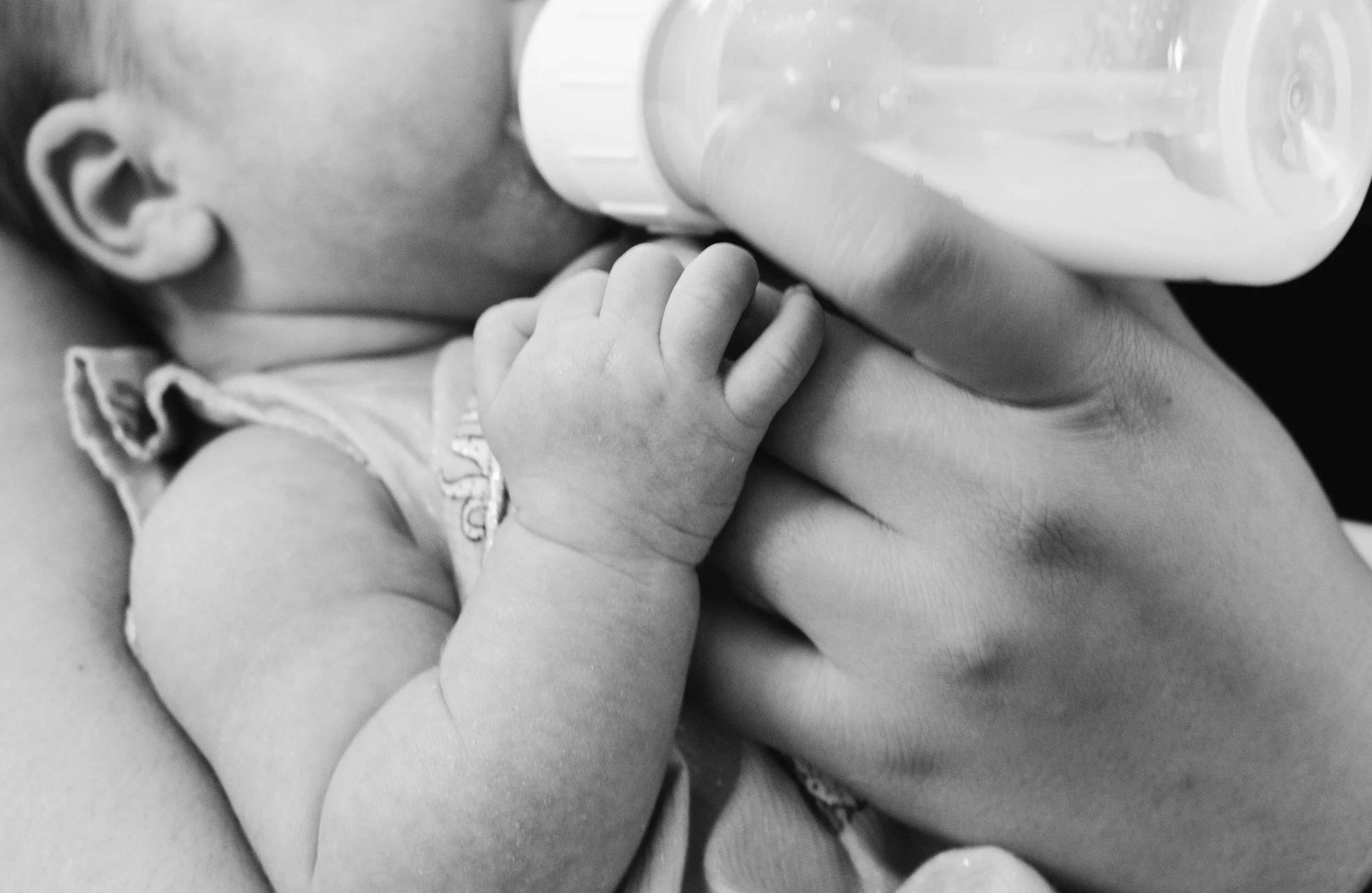Breastfeeding Journey
Before getting pregnant and throughout that journey, I assumed I would breastfeed my baby.
The benefits were undeniable: all the antibodies baby needs (even tailor-fitting it to what baby might need right that day to fight off an immune system threat), the best for development, baby and breast figuring out exactly how much milk is needed to feed baby at that point, and the beautiful bond created as baby feeds. And the benefits for me—the “feel good” hormones released, the decreased risk of breast cancer, the fact that I wouldn’t have to worry about carrying formula with me, and the zero dollar price tag. Not to mention the environmental cost of using formula! I couldn’t imagine honestly choosing to feed my baby with anything but breastmilk.
Until B.G. was actually born. It turns out, breastfeeding is not intuitive for all mamas and babies. B.G. had a shallow latch due to oral ties. We worked with lactation consultants, both in and out of the hospital. They helped us so much and should definitely be the first person I’d recommend a new mom to turn to with breastfeeding questions.
Every day in the beginning, we worked on breastfeeding. It was exhausting, because she wasn’t really latching, so she still had to eat. So, breastfeed, feed baby, pump. When my husband was available, he would take B.G. so I could pump. They call it triple feeding.
A few days later, I thought we had it. Truly. It didn’t hurt to latch her and she seemed interested and able to nurse. I was so happy and relieved. Only she would have marathon-length nursing sessions. If she would finish a bottle in ten minutes, she would nurse for forty-five minutes, take a short break and want to nurse again.
I wondered if this was normal? Was she just so excited that she figured out nursing, that she couldn’t get enough of it? Or was something else going on?
It turned out that there was something else going on. We had a scheduled visit to the lactation consultants’ outpatient clinic a few days later. They did a weighted feed (where they weigh baby before and after nursing) and discovered that in a ten-minute period, B.G. only took in a few milliliters of milk. She was nursing all of the time because she was still so hungry.
The lactation consultant was pretty sure she had a tongue tie which can make it more difficult for a baby to get a wide latch on the nipple and thus extract the milk. She recommended a local pediatric dentist who could confirm this and give us next steps.
We got an appointment for the following week and met with a speech therapist there. (I definitely did not expect to be taking my newborn to a speech therapist! They apparently work with infants with oral ties, not just with talking-aged kids. Who knew?) Anyway, the therapist confirmed the tongue tie. To treat it, we began with therapy sessions, where we learned mouth and tongue stretches to help B.G. It was sweet; she thought of them as a game.
The therapist also encouraged me to bring her to breast at least once a day and otherwise continue pumping. Doing so would keep B.G. used to breastfeeding while preserving my milk. And so our days consisted of pumping, practice breastfeeding, mouth stretches, and supplementing with formula. I was only producing about half of what she would need for each feed. She was needing more and more milk and I was only producing a little.
The therapy sessions went well, but after a few, we had to make a decision. Should we schedule her for a tie release? Or should we continue as-is, for now? The therapist was neutral. She said B.G. would benefit from the release but it wasn’t necessary. Since she was a happy and healthy baby and the release could be done at any point, we decided not to do the release as to not cause her unnecessary stress.
Around this time, B.G. began to reject the breast. A baby has to work more to nurse then she does to bottle feed and she got really frustrated. I had the most luck when she was mostly full and content, but after several times in a row where she refused to nurse, I realized that I wanted it more than she did and it wasn’t really fair to either of us to continue. Thus, our breastfeeding journey came to a close when she was two months old.
I was still pumping but having a harder time with this as well. One of the main issues was that she simply wasn’t sleeping during the day as much anymore. Even a few weeks earlier, she would pass right out after feeding and I could put her down and pump. But as she got older, she was naturally awake more and more and was not overly content to lay down so I could pump. I also hadn’t found a pumping bra that worked for me.
At the same time, my body was struggling to heal, even two months later. Pumping took a lot of energy from my body and stressed me out. My husband, and a day later, my midwife, gently suggested that my body would heal easier if I were to formula-feed my daughter.
It ended up being the most sustainable option for us.
Thanks for reading!
💜
Laura

